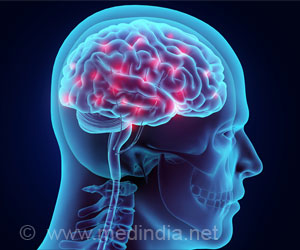It has been found that a signaling pathway that was believed to play a little role in embryogenesis could be a key player in the formation of the front portion of developing embryos

"The results are exciting on a number of levels," says Whitehead Member Hazel Sive. "We uncovered two new and important things about facial formation, and it turns out they tie together."
Sive and her lab have long been using the frog Xenopus as a model in which to study development of the EAD into the mouth. Several years ago, Amanda Dickinson, a postdoctoral researcher at the time, and Sive showed that the Wnt signaling pathway, which is active throughout the body in a wide array of developmental processes and in cancer, is vital for mouth formation. At the time, they observed that frog embryos whose Wnt signaling was disrupted only in the EAD not only failed to develop mouths, but also experienced other facial abnormalities. This suggested that the EAD may act on adjacent regions as a craniofacial "organizer" or signaling center.
Intrigued by this possibility, the lab searched for regulatory factors in the EAD that could affect craniofacial formation as a whole. Microarray analysis pointed to three highly expressed genes that also happen to be active participants in the Kinin-Kallikrein signaling pathway, best known in humans for its roles in regulating blood pressure, inflammation, and kidney function.
"We had no inkling that this pathway was active in the embryo," says Sive.
The lab confirmed its findings through a series of loss-of-function (LOF) experiments in which they knocked out the expression of each of the three genes in developing embryos and observed the effects. In all cases, the facial regions displayed significant defects, ranging from a lack of a mouth opening to the absence of nostrils to abnormally small eyes. In addition, the migration of the neural crest, whose cells give rise to the nerves, cartilage, bones, and other components of the face, failed to occur normally.
Advertisement
Finally, in an effort to determine whether the requirement for Kinin-Kallikrein signaling in craniofacial development is conserved, Sive lab graduate student Justin Chen turned to LOF experiments in zebrafish. They found one of the pathway genes to be necessary for proper formation of both the mouth and the neural crest.
Jacox is co-first author of the Cell Reports paper along with postdoctoral researcher Radek Sindelka, who now heads a research group in Prague, Czech Republic.
It is unclear whether similar mechanisms are at play in mammals, including humans. Sive, however, hints that there may be a connection. She notes that certain blood pressure medications, which act on parts of the Kinin-Kallikrein pathway, can cause severe craniofacial defects in newborns if taken during pregnancy. Although such defects have been attributed to effects mediated by the kidneys, Sive's latest findings may implicate Kinin-Kallikrein signaling.
Source-Eurekalert








